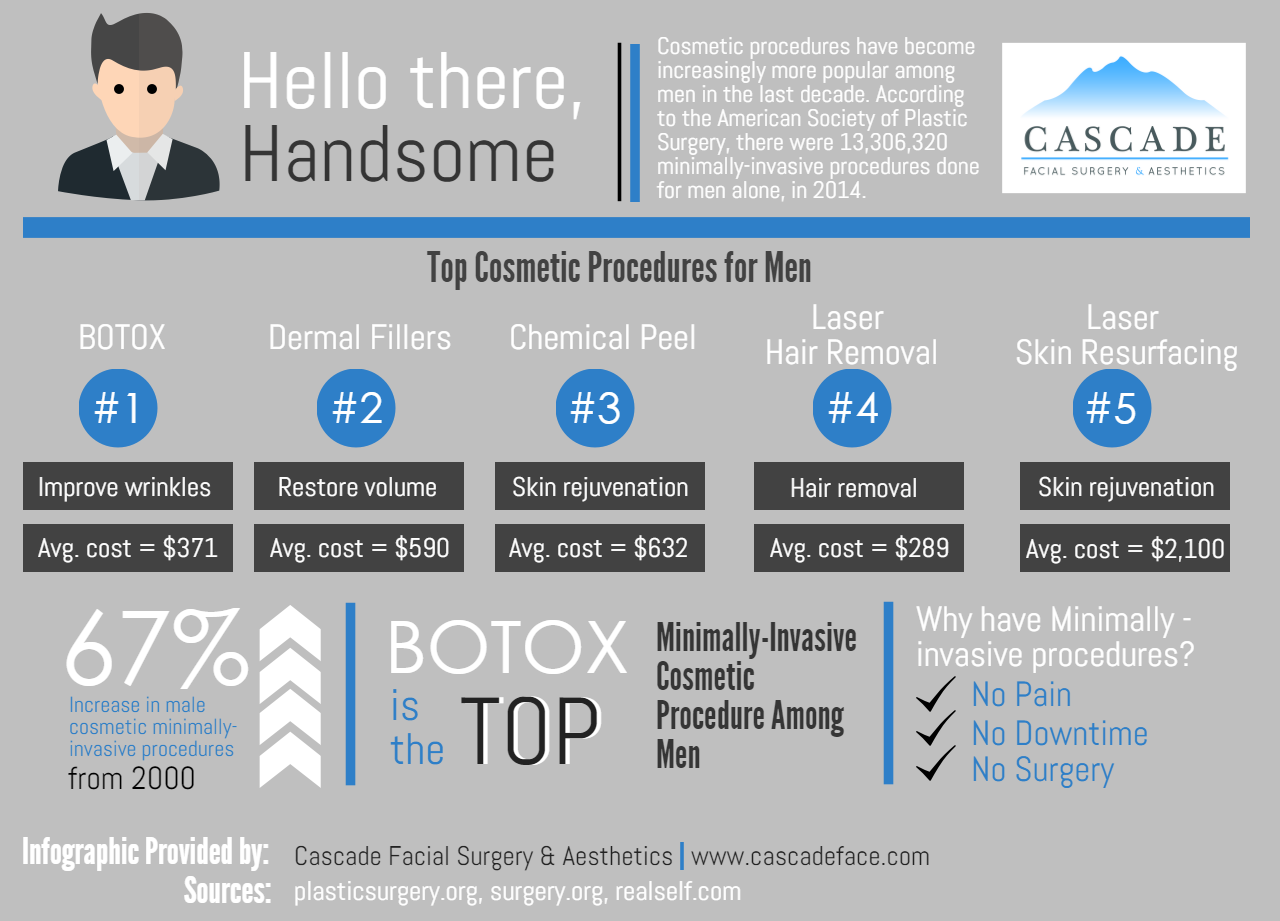Antibiotics For Acne Risks And Benefits
Antibiotics For Acne Risks And Benefits
Blog Article
Hormone Acne - What is Hormonal Acne?
Hormone acne is identified by stopped up pores and oily skin that normally appears on the chin and jawline. It occurs when hormone modifications set off inflammation and microbial overgrowth within hair follicles.
Outbreaks might look like whiteheads, blackheads, papules or pustules and cysts or blemishes in extra extreme instances. It is extra common in teens going through puberty but can affect adults of any age.
What Causes Hormonal Acne?
While acne can be caused by a variety of factors, including using hair and skin care products that aren't oil-free or made with ingredients that could clog pores, genetic proneness, diet regimen,2 and stress and anxiety, the origin is changing hormonal agents. Hormone acne happens when the body experiences hormonal changes and fluctuations that lead to an overflow of sebum, which creates swelling, boosted development of germs and modifications in skin cell activity.
Hormonal acne is often located on the reduced jawline, cheeks and neck yet can show up anywhere on the body. It is defined by acnes that are cystic, uncomfortable and full of pus or other material. It is also more likely to take place in females than guys, particularly during puberty, the menstrual cycle, maternity or menopause.
Age
While several youngsters experience acne eventually during the age of puberty, it can remain to pester adults well into adulthood. Called hormone acne, this type of breakout is tied to variations in hormonal agents and is typically most usual in females.
Hormonal acne occurs when oil glands produce way too much sebum, which blocks pores and traps dead skin cells. This brings about the development of acnes, such as whiteheads, blackheads and papules, pustules, cysts or nodules, deep under the surface area.
This kind of acne often creates discomfort, inflammation and inflammation. It might likewise be cyclical and show up around the very same time monthly, such as right before your duration starts. This is because degrees of female hormones like progesterone and oestrogen change with each menstrual cycle.
Menstruation
Hormone acne generally shows up in the reduced part of your face, along the jawline and cheeks, as whiteheads, blackheads or inflammatory pimples (acnes and cysts). It's probably to show up around the moment when your menstrual cycle adjustments.
Particularly around ovulation, when estrogen and progesterone degrees get on the rise, hormonal agent changes can cause outbreaks. But it's additionally feasible to get acne at any type of point throughout your 28-day menstrual cycle.
If you notice that your hormone acne flares up right prior to your period, attempt observing when exactly this takes place and see if it associates with the stages of your 28-day menstruation. This will assist you pinpoint skin rejuvenation treatments the origin of your skin difficulties. For example, you might want to service balancing your blood sugar and removing high-sugar foods, or think about a prescription medication like spironolactone that can control your hormonal agents.
Pregnancy
Expanding an infant is a time of dramatic hormone changes. For lots of women, this consists of a flare-up of hormonal acne. This sort of breakout normally begins in the initial trimester, around week six. It's brought on by hormone rises that stimulate sweat glands to make more oil, which can block pores and cause even more bacteria to develop.
Outbreaks may additionally happen as a result of pre-existing problems like polycystic ovary syndrome, which can likewise be an issue during pregnancy and menopause. Additionally, some types of contraceptive pill (such as Ortho Tri-Cyclen and YAZ) can trigger hormone acne in some women.
Luckily, most acne therapies are "no-go" for pregnant ladies (consisting of popular acne-fighting active ingredients such as isotretinoin and spironolactone). But if you can't stay clear of those irritating bumps, your medical professional may recommend oral erythromycin or cephalexin, which are risk-free while pregnant.
Menopause
As women approach menopause, the estrogen degrees that caused their hormonal agent acne to flare during adolescence start to stabilize and reduce. At the same time, nonetheless, a spike in androgens (also referred to as male hormonal agents) occurs since these hormonal agents can't be converted into estrogen as successfully as before.
The excess of androgens can activate oil production by the sweat glands, which clogs pores. When the blocked pores come to be inflamed and inflamed, an acne kinds.
Hormone acne is generally seen on the face, especially around the chin and jawline, yet it can occur on the neck, back, shoulders, or breast. This kind of acne often tends to flare up in a cyclical pattern, comparable to the menstruation. Stress, which enhances cortisol and throws hormonal agents out of equilibrium, also contributes to the outbreaks.